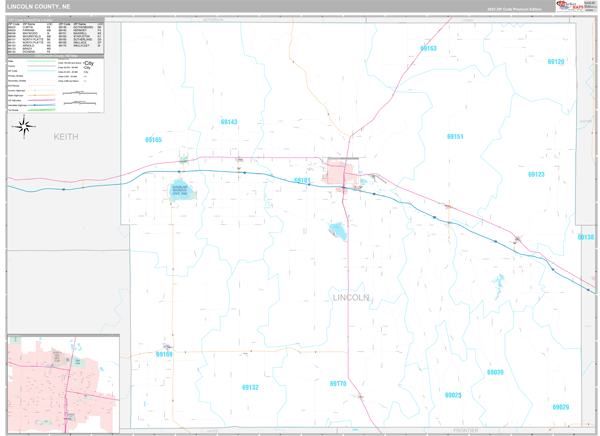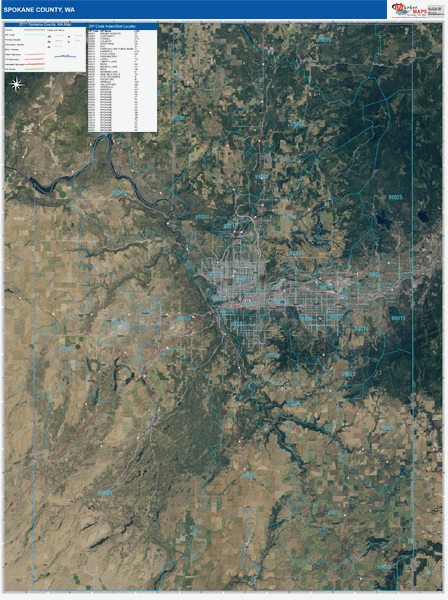
The page lists many Arctic monitoring organizations, national government agencies and non-governmental organizations focusing on research in the Arctic region. For instance, according to its September bulletins, the Arctic Sea ice extent for that month was the 12th lowest in the 43-year satellite record.Ī comprehensive list of various other organizations studying the Arctic can be found on the University of Washington’s Libraries page.
Satellite eyes add custom map update#
It provides an update during the first week of each month, or more frequently as conditions warrant. NSIDC portal, in particular, is an excellent source for data for covering the Arctic and Antarctic. National Centers for Environment Information, Arctic Monitoring and Assessment Programme, International Arctic Research Center and Canada Polar Knowledge. In addition to national space agencies (like NASA and ESA), other organizations that study the changes in the polar regions and publish data on regular updates include the U.S. However, it recognizes that monitoring the vast, remote Arctic and Antarctic regions “is a challenge and only feasible from space.” The World Meteorological Organization and the United Nations Framework Convention on Climate Change both note polar ice sheets as an “essential climate variable within the Global Climate Observing System. The melting polar ice not only contributes to sea level rise, but also leads to further global warming. The warming of poles has powerful implications for our planet. Let’s explore some of the ways satellites can help us report on climate change.

Satellite eyes add custom map how to#
One just needs to know where to look and how to report. Since these environment-monitoring missions are all driven at the levels of national governments and intergovernmental agencies like the United Nations, the data is mostly publicly available. Beyond just remote places though, satellites today have become an integral part of monitoring the whole planet - be it the ice and forest covers, the rising sea levels, measuring Earth’s temperature or greenhouse gas emissions.Īs is with scientists and climate experts, satellite data can now be widely used by journalists to report on environmental changes, climate patterns, weather or natural disaster events.

European Space Agency’s Copernicus Sentinel-1 imagery showed that A-76 was 170 kilometers (105.6 miles) in length and 25 kilometers (15.5 miles) wide - slightly larger than the Spanish island of Majorca - and calved from the western side of the Ronne Ice Shelf, lying in the Weddell Sea, in Antarctica.īecause of the quick, continuous and unbiased coverage they provide, satellites have emerged as the primary source of information for scientists tracking developments in Antarctica.

But in this case, we almost knew immediately that the iceberg A-76 measured around 4,320 square kilometers (about 1,668 square miles) in size, making it the largest berg in the world at that point. A generation ago, journalists would have had very little specific information to write about such an event. On May 13, 2021, the British Antarctic Survey observed a massive chunk of ice breaking off Antarctica.


 0 kommentar(er)
0 kommentar(er)
